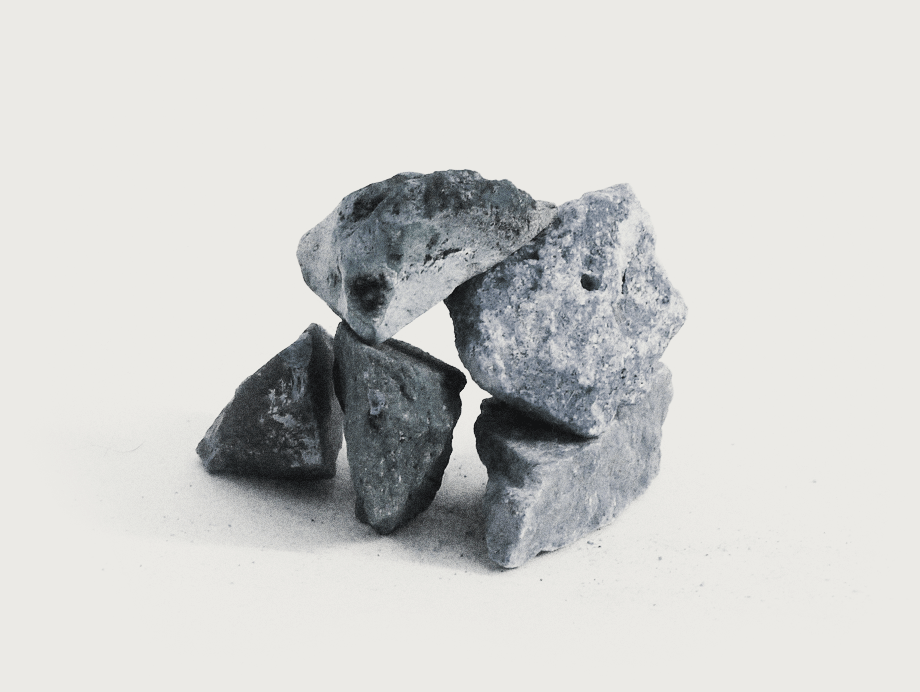In homage to Ligeti

Project
Ensemble Cairn pays homage to the Hungarian composer Gyorgy Ligeti (1923-2006). Although discovered by the general public after filmmaker Stanley Kubrick used it for his movie 2001, A Space Odissey, Ligeti’s music was already known to music lovers: a leading figure of modern music in the 60s to 80s, he explored different musical registers and progressively forged the notion of micro-polyphony (multiplication of polyphonic activity rendering “texture” perception in complex timbres). He notably composed electronic music, orchestra pieces, installations (Symphonic Piece for 100 metronomes), musical theatre (Adventures, New adventures), piano pieces (12 studies).
Ensemble Cairn will perform 1970’s Kammerkonzert for 13 instruments, one of Ligeti’s emblematic pieces in which the famous “courante”, in the beginning, clearly mark the composer’s style. Before the concert, the Symphonic Poem for 100 metronomes will be performed in the hall of the theater.
Philippe Leroux’s music, heir to Ligeti’s thought and exploring the same rhythmical continuum, will also be presented. The extremely dynamic and searing Continuons, notably, does not hide its filiation.
The musicologist Clément Lebrun will comment the concert and present the artistic personality of Gyorgy Ligeti.
Programme
Written in 1970, Ligeti’s Kammerkonzert pushes the idea of micro-polyphony to its maximum (a multiplication of polyphonic activity rendering “texture” perception in complex timbres), right before abandoning this radical method and choosing to work on melody again. Altogether fascinating by its inventive richness, the Kammerkonzert alternates sleek and languid polyphonies (creating a sort of “rot”, in the composer’s words) with formidable small and quick mechanics, disturbed and infernal. “I want a form of order, but a relatively disorderly order”, said Ligeti during his interviews with Pierre Michel. His music is not mathematical in the strictest sense, but evokes paradoxical and fun, nearly fictional mathematics (“music which is not calculated, but related to the world of geometry”, said he in fact). Thus making him one of the most influential post-war composers for a younger generation. Ligeti embodies this playful and anti-expressionist spirit, slightly perverse and perfectly free, which addresses the listener’s intelligence with a conniving smile.
Detailed program
Symphonic poem for 100 metronomes: György Ligeti (8 mn)
installation for 100 metronomes
Study ; Automn in Warwaw :: György Ligeti (4'30 mn)
for piano
Continuum :: György Ligeti (4 mn)
for harpsichord
Continuons :: Philippe Leroux (16mn)
pour the flute, clarinette, piano, violin et cello
Artikulation :: György Ligeti (5 mn)
for magnetic tape
Study ; Automn in Warwaw :: György Ligeti (4\'30 mn)
instrumentation for ensemble
Kammerkonzert :: György Ligeti (21 mn)
for 13 instruments
Distribution
Cédric Jullion, flute
Ayumi Mori, clarinette
Caroline Cren, piano
Naaman Sluchin, violin 1
Nathalie Shaw, violin 2
Cécile Brossard, viola
Frederic Baldassare, cello
Basse
Oboe
French horn
Trombone
Harpsichord






